Legends Burn Bright: Mysterious History of North Carolina’s Maco Light
It seems like many of our ghost stories can be lumped into groups of similar stories: the mother throwing her baby off a bridge, the employee who died on the job and still makes his rounds, prisoners and mental patients long dead who still think they’re trapped behind bars, and the jilted bride who looks for her love—or seeks revenge—just to name a few. And then there’s the tale of the headless railroad worker, beheaded in an accident, doomed to wander in search of his head. The last is a common story attached to ghost (or “spook”) lights.
These ghost lights are a common legend with encounters going back hundreds of years. In the United Kingdom and later the United States, they were often called will-o’-wisps.
“Whether called Ignus Fatuus, Jack o’ Lantern, or Will o’ the Wisp, there can be no doubt that these nocturnal lights are real phenomena, susceptible of a scientific explanation, when all the facts are collected and compared,” Charles Dickens wrote back in 1871.(1) That’s right; our Halloween decorated pumpkins are based on ghost lights. He went on to re-tell one of the earliest stories: “Being often near bogs and quagmires, the lights acquired the character of snares and decoys to lead travellers into danger. According to an old provincial legend, St. Peter was once travelling on horseback; his horse lost a shoe; a smith named Will put on a new one: and St. Peter was so pleased with the manner in which the work was done, that he offered to grant any favour the smith might ask. Will, who was getting advanced in years, begged that he might be made young again. It was done and he spent a very rollicking and rakish life. One result of this was that he became the Will o’ the Wisp, going about the world to lure travelers to their death. The Wisp is understood to mean an ignited twist of straws. . . The name Ignis Fatuus, or foolish fire, denotes a very similar idea. . .”
Today, we’ve created new stories to go along with these strange sightings. Michigan’s Paulding Light is one of the best known examples. But there’s another just as famous oddity in North Carolina. I’m not talking about the Brown Mountain Lights; the most famous story in the state is called the Maco Light.
ADVERTISEMENT
Today, the tiny town of Maco is just a road name in southern North Carolina along the Andrew Jackson Highway, but a century ago it had a population of a few dozen people. Hundreds more poured in at any given time to see the weird witch light floating down the railroad tracks here. There were tons of eye-witness encounters, and even Hans Holtzer went to Maco to investigate the phenomenon in 1964, but no one could explain what caused it.
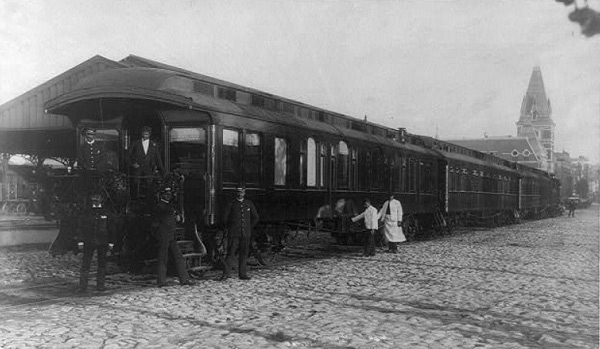
The Presidential Train: President Grover Cleveland famously saw the Maco Lights in 1889
Stories of Maco’s ghost light started circulating as far back as the 1870s. A white glowing ball would appear and disappear frequently near Maco Road floating along the tracks. Sometimes, a second light would join it traveling in the opposite direction. It became so commonplace that railroad workers would use two lanterns—one red and one green—for signaling so there wasn’t any confusion with the unexplained white light. While stretching his legs at a brief stop for water at Maco Station in 1889, President Grover Cleveland asked a brakeman why he used two lanterns. After explaining about the mysterious light, he told the president the tragic tale attached to the light about a conductor named Joe Baldwin.(2)
The story went something like this: Back in 1867, a train was passing through Maco when the caboose became disconnected. Inside, a conductor named Joe Baldwin realized the trouble and ran to the back of the car, swinging his lantern to alert an approaching freight train. The train didn’t see Joe’s light in time and smashed into the car. The impact took off Joe’s head which was tossed into the woods; his lantern landed upright—and still burning bright—in a nearby swamp. From that day on, the ghost of Joe Baldwin wandered the tracks with his lantern, searching for his head.
It’s a creepy story, but was Joe Baldwin real? People have hunted for evidence that he existed but never found any. There wasn’t even an accident at Maco in 1867, though there was an accident further east that year that killed a trestle builder and foreman.(3) Different newspaper accounts say Joe died in 1861 or 1863, but nothing significant happened in either of those years at what was called “Rattlesnake Grade” where Maco sprang up.
If we go back to 1857, there is some evidence that the story was loosely based on truth. An article ran in the January 5th edition of the Wilmington Daily Journal telling of an accident near Hoods Creek—just 2/3 of a mile east of Maco—that fatally injured one man.(4) The previous night, the locomotive was having technical problems and was uncoupled from the cars to run ahead a few miles to work out the trouble. While backing up back toward the cars, the engineer couldn’t see well enough and collided at high speed with the train. “The most painful circumstance connected with the affair is that Mr. Charles Baldwin, the conductor, got seriously, and it is feared, mortally injured, by being thrown from the train with some much force as to cause concussion of the brain.” He died from his injuries on January 7.
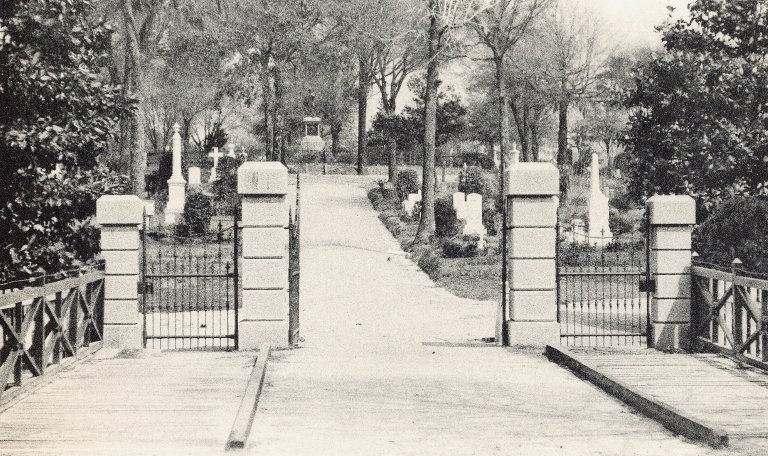
Oakdale Cemetery, final resting place of Charles Baldwin
Did Charles Baldwin become Joe Baldwin in the retelling of the story? It’s quite possible. While he didn’t lose his head, Charles did badly injure his head. The details of the accident mirror close enough to the story for us to make the leap that this is the real story behind the tragedy. Though his grave has been lost, Charles Baldwin is buried somewhere in Oakdale Cemetery in Wilmington, about 12 miles from the crash site.
But what was the Maco Light? Swamp gas? Car headlights? A ghostly lantern? Many people point to one peculiar event for a more scientific probability. Around the time of an earthquake in 1886, the light stopped appearing. In areas of tectonic activity, strange lights have been observed. Today, we call the earthquake lights. There was also a swampy area at the scene of many of the sightings. That could also explain the balls of light as mere swamp gas bursting into flame. Some people have even claimed that the might was caused by reflections of headlights from the nearby highway.
There are a few puzzles with these theories. The car headlight theory is difficult to swallow since the sightings predated the automobile (and when the highway was closed to traffic during World War II, people continued to report seeing the light). Swamp gas is normally made up of methane and what we call natural gas (the same kind we use as fuel); it burns with a pale blue or yellow flame.(5) In all reports of the Maco Light, it was described as white, resembling a flame from a candle, and lasted for around 15 minutes at a time. But perhaps the most baffling mystery is this: When the tracks were removed in 1977, sightings if the Maco Light suddenly stopped. If it were caused by swamp gas, car lights, or even seismic activity, why would the phenomenon only stop when trains stopped passing through Maco?
In a nearby housing development, one of the streets has been named Joe Baldwin Drive in memory of the legend. That’s about all that’s left of the story of the Maco Light, aside from a neglected overgrown path through the woods where the railroad once ran. Whether it was swamp gas or Charles Baldwin, neither one is speaking up on its behalf. With the spooky spectacle now just an old forgotten mystery, we might never know what caused it. Perhaps like most ghost stories, the real truth lies somewhere between simple science and creative reimagining of history.
(1)Dickens, Charles. All the Year Round: A Weekly Journal. Vol. 5. London: Chapman & Hall, 1871. p. 354.
(2)Steelman, Ben. “Headless Ghost of the Cape Fear Coast.” Sunday Star-News [Wilmington, NC]. 31 Oct 2004. p. D1+.
(3)“Accident on the Wilmington and Manchester Railroad.” New York Times. 2 Jul 1867.
(4)”Rail Road Accident.” Daily Journal [Wilmington, NC]. 5 Jan 1856. p. 1.
(5)Corliss, William R. Lightning, Auroras, Nocturnal Lights and Related Luminous Phenomena: A Catalog of Geophysical Anomalies. Glen Arm, MD: Sourcebook Project, 1982. p. 175-176.
MORE GREAT STORIES FROM WEEK IN WEIRD:


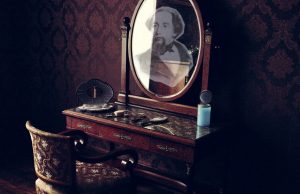
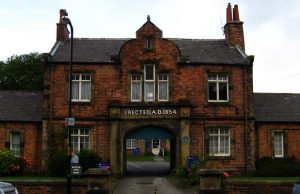
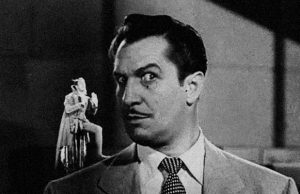

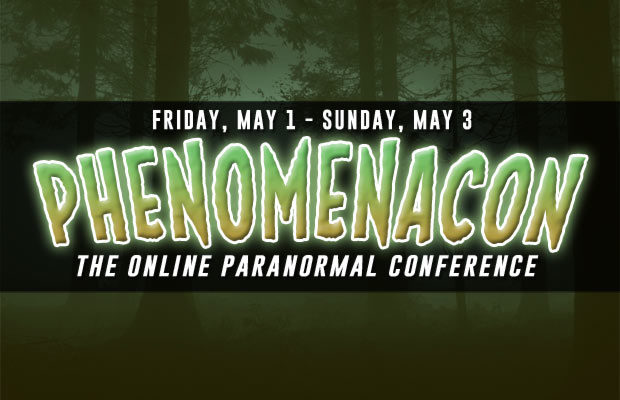
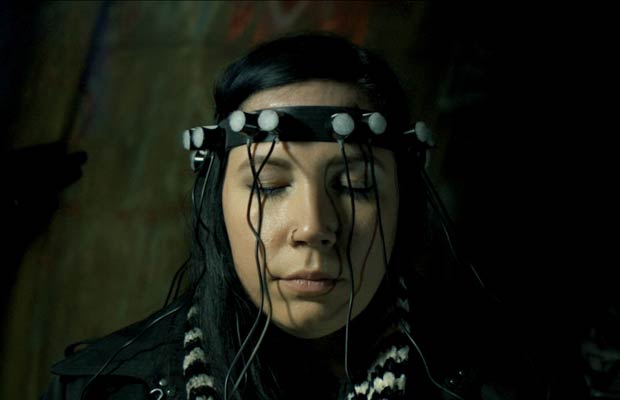

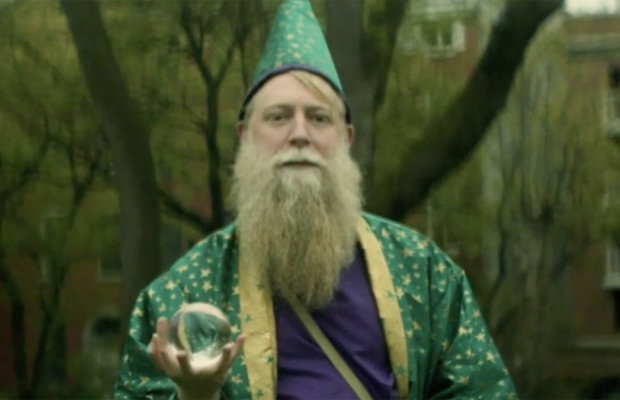

You must be logged in to post a comment Login